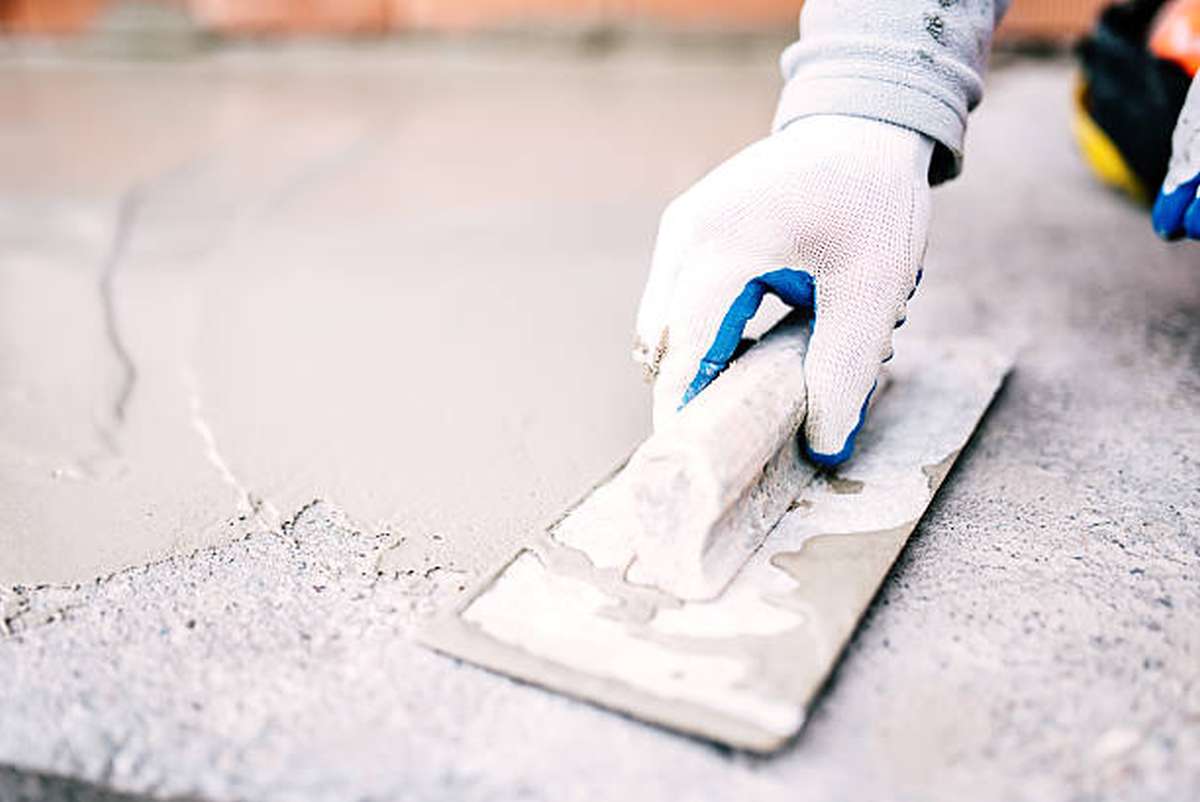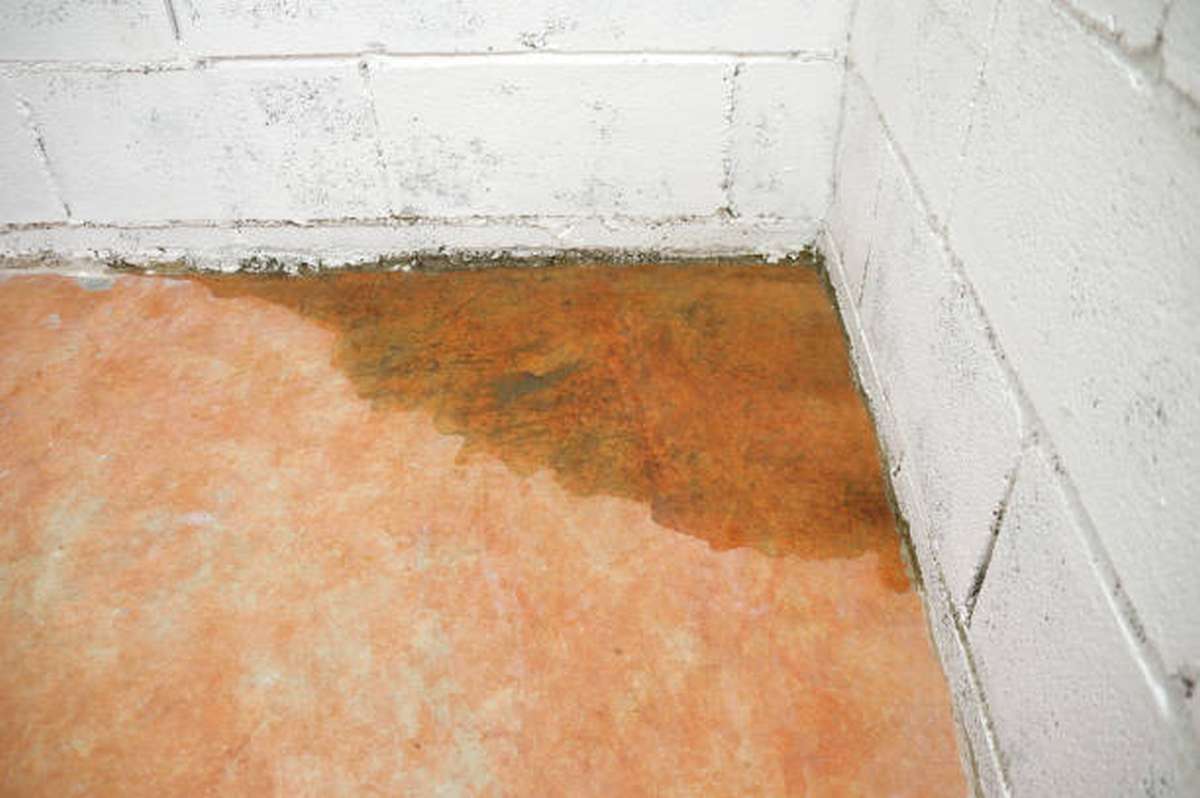A slab leak is a serious plumbing issue beneath a home’s concrete foundation. If addressed promptly, it can avoid costly repairs. If you’ve discovered a slab leak, you might wonder how long it will take to fix the problem.
The time it takes to repair a slab leak can vary depending on several factors, including the severity of the leak, the repair method, and the plumber’s expertise.
In this article, we’ll break down everything you need to know about slab leaks, including the time frame for repair and what to expect during the process.
Let’s get straight to the point.
Repairing a slab leak can take anywhere from 4 hours to 3 days, depending on several factors, such as the severity of the leak, the type of repair method used, and the leak’s location. Minor leaks are typically quicker to fix, often within 4 to 8 hours, while more severe leaks that involve multiple pipes or structural damage can take 2 to 3 days.
Common repair methods include spot repair, pipe rerouting, and pipe relining, each requiring different timeframes. The plumber’s expertise, accessibility of the leak, and the complexity of the plumbing system can also affect the repair duration.
Factors Affecting The Repair Time For A Slab Leak
Several factors influence how long it takes to repair a slab leak. Let’s explore these factors in detail:

1. Severity Of The Leak
The leak’s size and severity greatly impact the repair’s length. A small, simple leak might be fixed within a few hours, while a larger or more complex issue may require a couple of days.
Minor Slab Leaks
For minor leaks, where the damage is minimal, the repair can often be completed in as little as 4 to 8 hours. These leaks typically involve a small crack or puncture in the pipes, making them easier and faster to fix.
The plumber can often access the leak with minimal disruption to the surrounding area, allowing for a quicker repair.
Major Slab Leaks
A more severe leak that affects multiple pipes or causes significant structural damage will take much longer.
Depending on the situation’s complexity, the repair could take 2 to 3 days or even longer. Extensive excavation, pipe replacement, and potential structural repairs can significantly increase the repair time.
2. Type Of Repair Method
Different repair methods require different amounts of time. The method used will depend on the extent of the damage, the type of pipes, and the leak’s location.
Spot Repair
Spot repair is one of the quickest methods for fixing a slab leak. In this method, the plumber identifies the exact location of the leak, breaks through the slab, and repairs or replaces the damaged pipe section.
This method can be completed within 4 to 6 hours, assuming no further complications arise. It’s a straightforward approach that involves minimal disruption to the surrounding area.
Pipe Rerouting
Plumbers may recommend pipe rerouting if the leak is in a hard-to-reach area or there are multiple leaks. This involves abandoning the damaged pipes and installing new ones in a different location, typically above ground.
Rerouting can take 1 to 2 days, depending on the size of the home and the extent of the rerouting required. This method involves more extensive work, including running new pipes, installing new fittings, and potentially modifying existing plumbing fixtures.
Pipe Relining
Another option is pipe relining, where a resin-coated liner is inserted into the damaged pipe, effectively sealing the leak without digging up the slab.
Pipe relining is a noninvasive method usually completed in 1 to 2 days. It is less disruptive than traditional repair methods, as it doesn’t require extensive excavation.
3. Accessibility Of The Leak
The location of the leak can significantly impact the repair time. Leaks in easily accessible areas, such as under a sink or in a basement, can be repaired quickly.
However, leaks in hard-to-reach areas, such as under a concrete slab or in a crawl space, may require more time and effort to access and repair.
4. Complexity Of The Plumbing System
The complexity of the plumbing system can also affect the repair time. Older homes with intricate plumbing systems may require more time to diagnose and repair leaks.
5. Availability Of Materials And Labor
The availability of necessary materials and skilled labour can also impact the repair time. If specialised materials or skilled plumbers are not readily available, it may take longer to complete the repair.
6. Weather Conditions
Weather conditions can also affect the repair time. In extreme weather conditions, such as heavy rain or snow, working on the leak may be difficult or unsafe, delaying the repair.
7. Homeowner Cooperation
Homeowner cooperation is essential for a smooth and efficient repair process. Providing access to the affected area, clearing obstacles, and communicating clearly with the plumber can help expedite the repair process.
By understanding these factors, homeowners can better anticipate the repair time and plan accordingly. It’s always best to consult a qualified plumber to assess the leak’s specific circumstances accurately.

Steps Involved In Slab Leak Repair
The actual repair process can vary, but it generally follows these steps:
Step 1: Leak Detection
As mentioned, identifying the leak is the first and often the longest step. The plumber will use specialised equipment to locate the leak without breaking through the slab unnecessarily.
Step 2: Accessing The Leak
Once the leak is detected, the next step is to access the pipes. This typically involves cutting through the concrete slab, which can take several hours, depending on the size of the affected area.
Step 3: Repairing Or Replacing Pipes
After accessing the pipes, the plumber will repair or replace the damaged section. The duration of this step depends on the leak’s size and severity. Minor repairs can be completed quickly, while major replacements might take a day or two.
Step 4: Restoring The Slab
After the pipe is repaired or replaced, the next step is to restore the concrete slab. This involves filling the hole, levelling the area, and ensuring it blends with the existing foundation. This process typically takes another 4 to 6 hours but could take longer if additional structural work is needed.
How To Minimise The Time For Slab Leak Repairs
You can minimise the time it takes to repair a slab leak in several ways. By taking proactive steps and working with experienced professionals, you can expedite the repair process and minimise disruption to your home.
1. Hire An Experienced Plumber
Choosing a licensed and experienced plumber ensures a faster and more efficient repair process.
Plumbers specialising in slab leak detection and repair will have the tools and expertise to complete the job quickly. They will be familiar with various repair methods and can efficiently diagnose and address them.
2. Early Detection
The earlier a leak is detected, the quicker the repair process. Regular maintenance checks can help catch leaks before they become major problems.
Performing routine plumbing system inspections, including checking for leaks and listening for unusual noises, can help identify problems early.
3. Consider Alternative Repair Methods
Some repair methods, such as pipe relining, are less invasive and can save time. Consult with your plumber about the best options for your specific situation.
Pipe relining is a non-invasive method that involves inserting a liner into the damaged pipe and sealing the leak without digging up the slab.
4. Provide Clear Access
Ensure the plumber has clear access to the affected area. Remove any obstacles, such as furniture or belongings, to allow the plumber to work efficiently.
Conclusion
Repairing a slab leak can vary in duration depending on the severity of the leak, the repair method chosen, and the complexity of your home’s plumbing system. While minor leaks might be resolved within 4 to 8 hours, more significant leaks involving multiple pipes or structural issues can take 2 to 3 days or more.
Factors like early detection, hiring an experienced plumber, and choosing the right repair method, such as pipe relining or pipe rerouting, can help reduce the repair time and potential disruption to your home. Planning and understanding the process’s key factors will allow you to manage the repair better and minimise inconvenience.
FAQs About Repairing Slab Leak
Can I Repair A Slab Leak Myself?
Repairing a slab leak is a complex and specialised process that should be left to a professional plumber with experience. Attempting to repair a slab leak yourself can be dangerous and may result in further damage to your plumbing system or property.
Will Insurance Cover The Cost Of Repairing A Slab Leak?
Whether or not insurance will cover the cost of repairing a slab leak depends on your insurance policy’s terms. Some policies may cover the cost of repairs if the leak is sudden and accidental, while others may require specific endorsements or exclusions for slab leaks.
How Is A Slab Leak Repaired?
Slab leaks are typically repaired by rerouting the water line or breaking through the concrete slab to access the leak and repair it directly. The method used will depend on the location and severity of the leak.
How Much Does It Cost To Repair A Slab Leak?
The cost of repairing a slab leak can vary depending on several factors, such as the severity of the leak, its location, the method of repair, and the cost of labour and materials. It can cost anywhere from several hundred to several thousand dollars.
What Happens After The Slab Leak Is Repaired?
Once the pipe is repaired or replaced, the concrete slab is restored to its original condition. This process usually takes a few hours, but additional time may be necessary if structural issues are discovered and require further attention.

